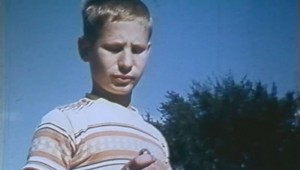
"The Marble begins with two boys fighting over a game of marbles, and as one boy, Larry, chases one of the little spheres into the street, he is hit by a car and ends up in the hospital. His friend is deeply hurt over this, for he realizes it is his fault. He prays, calls on the local minister, does all he can to get his friend Larry to live. While at the church he has a vision that Larry is in church with him; then, in a flash Larry is gone" PSA Journal, Sept. 1966, 35.
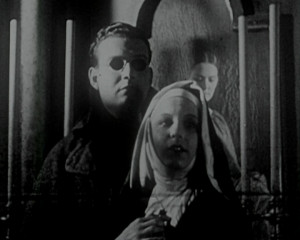
‘Drama. A nun is seduced by a lothario. Her steadfast admirer is slain trying to protect her. Her redemption is ensured by a religious painting coming to life, the Madonna taking her baby’ (EAFA Database).
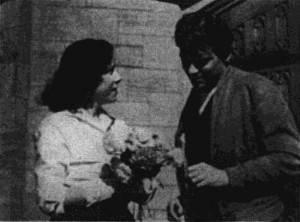
"Some may seek the life of the sea to get away from something. But in the world of this deaf-mute, a deckhand on a salvage tug, there is generated a desire for companionship. In this simple story there are touching events along with the carnival atmosphere. A fine presentation in which one may feel for the mute and share his moments of happiness" PSA Journal, Nov. 1959, 48.
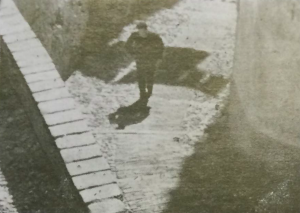
"a sogg. lungh. norm." Feature fiction film
"La Nave, realizzato da Giovanni Paolucci, collaboratore tecnico Pietro Portalupi. Il difetto di questo film consiste nello scenario, nel non aver cioè gli autori trattato il tema in forma meno dispersiva, il protagonista, uomo disorientato ed inutile, senza uno scopo nella vita trova, col lavoro in una nave che alla fine viene varata e nell'atmosfera del fascismo, la sua strada. Un tema simile poteva essere trattato retoricamente o in modo più semplice e persuasivo; gli autori si sono attenuti alla via di mezzo, riuscendo talora in buone sequenze, talora in sequenze dall'azione dispersiva. Migliore è la prima parte, quando Paolucci descrive il rapporto dell'uomo col mare, e prima, la sua solitudine; la fotografia è in queste scene piuttosto notevole."
"The Ship (La Nave), directed by Giovanni Paolucci, technical collaborator Pietro Portalupi. The defect of this film is in the scenario and in its authors not treating the subject in a less unorganized way. The protagonist, a disoriented and useless man, without a purpose in life, finds his way by working on a ship that is eventually launched and in the atmosphere of fascism. Such a theme could have been treated rhetorically or in a simpler and more persuasive way; the authors stuck to the middle ground, succeeding sometimes in good sequences, sometimes in sequences with dispersive action. The first is the best part, when Paolucci describes the man's relationship with the sea, and before that, his loneliness; the photography is quite remarkable in these scenes."
—Il ventuno 28 (Review of the G.U.F. of Venice), May 1935, p. 17-18
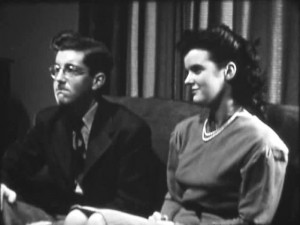
At home in the evening, a sophisticated young woman entertains an awkward male friend of her brother. They make small talk and dance to records -- but the boy's social anxiety overwhelms him, and he disappears in a puff of her cigarette smoke. (D.J. Duffy)
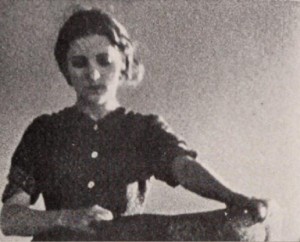
"In New Horizon, Cinematographer Clardy presented the life of a farm girl at a moment of crisis. One reel, almost without titles, tells the story of her efforts to marry the man she loves in spite of her father's opposition which keeps her chained to the farm." American Cinematographer, Feb. 1935, 78.
"Clardy was the winner last year of the gold medal for scenario and photography. Last year Clardy's picture was based on a western theme, while this year his scenario, although set in its greater part in the outdoors had several indoor shots. However, most to be admired was the way in which he handled his production both from composition and directorial standpoint. There were only three people in his cast with the girl assuming the major role. His sense of dramatic values, and especially his fine feeling for the proper tempo brought forth unstinted praise from the judges." American Cinematographer, Dec. 1934, 365
"About a 9-year-old African girl, found by Protestant missionaries in the French Cameroons and reared in a mission school, who later marries a native teacher and returns to help her village." National Archives.
Total Pages: 12